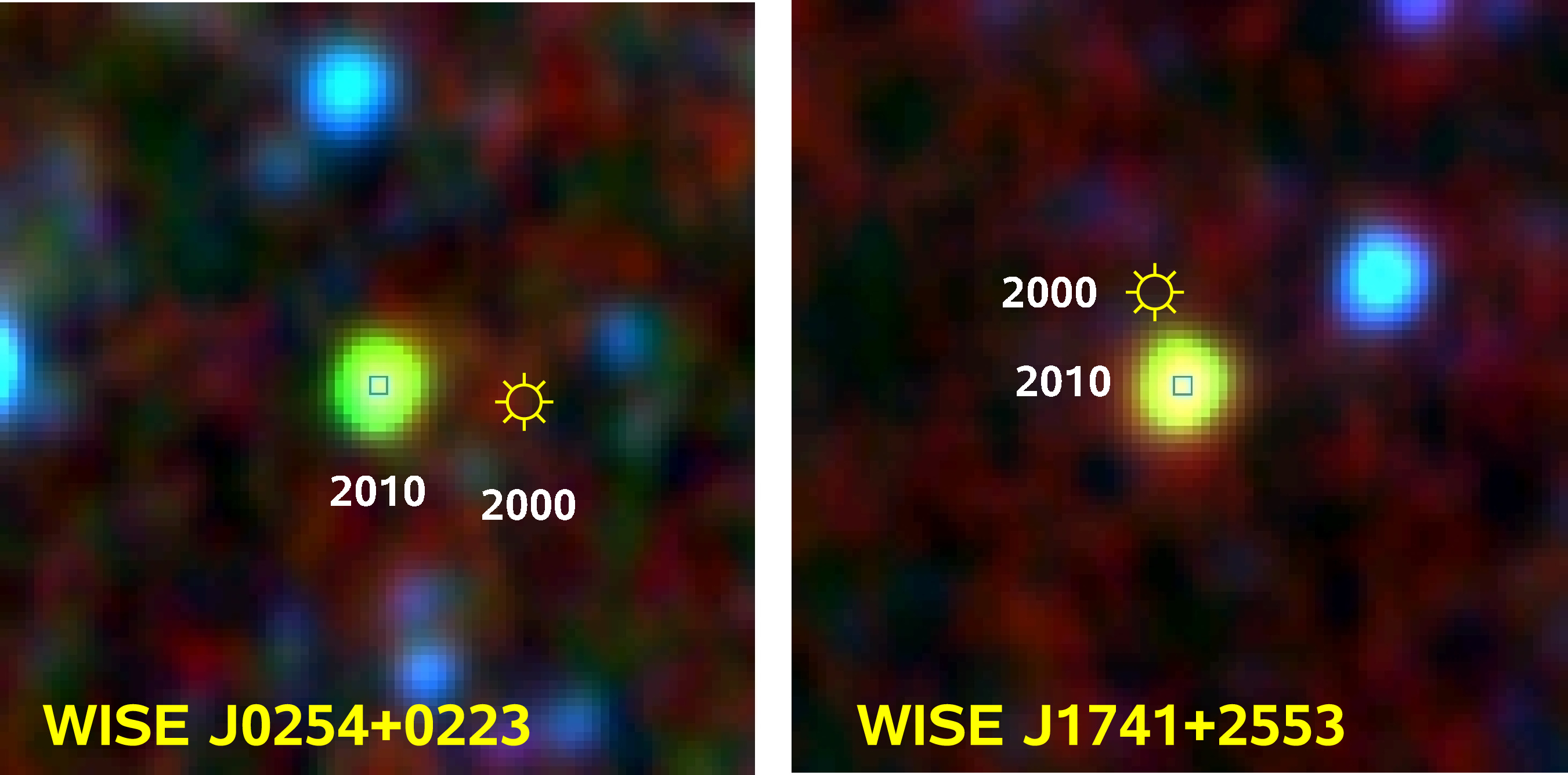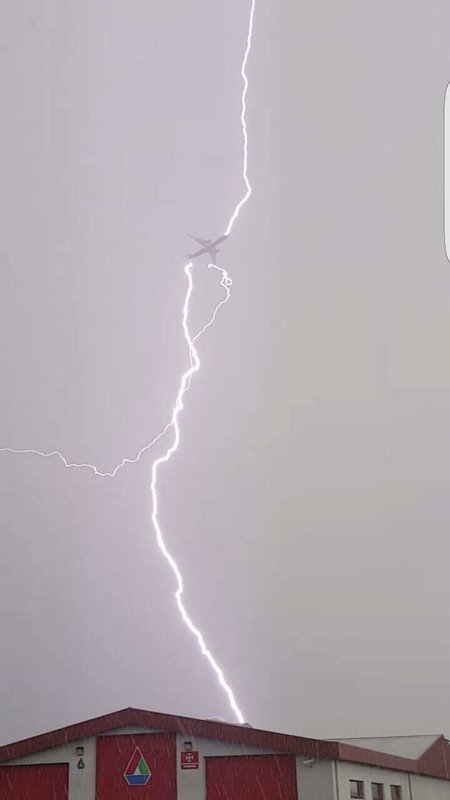
Ralf-Dieter Scholz and his AIP colleagues used the recently published data of the NASA satellite WISE (Wide-field Infrared Survey Explorer) for their discovery. The two new Solar neighbors, named WISE J0254+0223 and WISE J1741+2553, attracted attention by the extreme contrast between their strong brightness in the infrared and their almost invisible appearance in optical light. In addition, both objects move at comparably large speed across the sky (proper motion), i.e. their positions are remarkably different with respect to earlier observations. This was a first hint of their vicinity that was confirmed by the comparison of their colours and magnitudes with those of other similar objects. The brighter of the two objects was visible on the night sky at the time of its discovery so that the AIP team could use the Large Binocular Telescope (LBT) in Arizona/USA for determining the spectral type and distance more accurately. Both objects belong to the coolest representatives of T-type brown dwarfs, just at the boundary to the predicted but not yet well-defined class of Y-type ultracool brown dwarfs.
Brown dwarfs are also called failed stars, since during their formation, they could not accumulate enough mass to ignite the natural nuclear fusion reactor in their core, that is the long-living energy source of stars. Therefore, their brightness decreases strongly with time. Presumably, most brown dwarfs have reached surface temperatures below the "oven temperature" of about 500 Kelvin (about 230 degrees Celsius), may be even as cool as the temperature at the surface of the Earth.
The search for these elusive neighbours of the Sun is currently in full swing. It cannot be excluded that ultracool brown dwarfs surround us in similar high numbers as stars and that our nearest known neighbor will soon be a brown dwarf rather than Proxima Centauri.



"Brown dwarfs are also called failed stars, since during their formation, they could not accumulate enough mass to ignite the natural nuclear fusion reactor in their core, that is the long-living energy source of stars..."
I can imagine that Talbot and Thornihill are laughing heartily at this one.